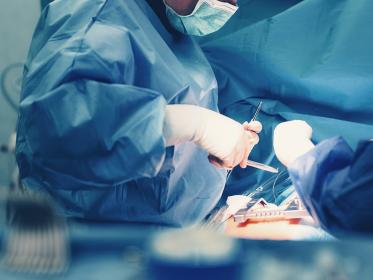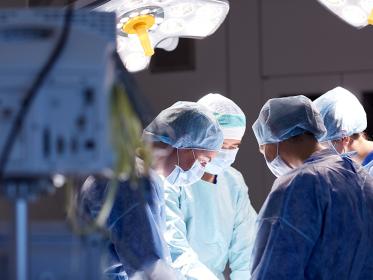Overview
Every year, more than 500,000 people in the U.S. undergo hernia surgery. It is one of the most frequently performed surgeries in the country and carries a high rate of success.
Hernias occur when an area of the abdominal wall becomes weakened, allowing an organ or other tissues to protrude through. They typically occur in the abdomen or groin as a result of intense or prolonged strain on the weakened abdominal wall. Several factors can put a person at risk of hernia, including pregnancy and being overweight. As the muscle weakens under strain, a hernia may easily form when lifting a heavy object or even while coughing or sneezing.
Did you know nearly 5 million Americans suffer from hernias yet only 750,000 seek treatment each year? The condition occurs in people of all ages, including young children and babies who may be born with weakness in the abdominal wall. Hernias are even more common in adults – especially males over age 40.
FAQs
What are the symptoms of a hernia?
While not all hernias produce symptoms, many of them do. The most obvious symptom is tissue that causes a bulge in the abdomen, pelvic area or the testicular area. This may or may not be accompanied by pain or tenderness, which may be described as either dull or sharp and range from mild to severe. Symptoms vary according to the type and severity of the hernia. In fact, some asymptomatic hernias go unnoticed until a doctor makes the diagnosis during a check-up or exam.
Do I need surgery to repair my hernia?
While some mild hernias may be monitored for changes and complications over time, many will need to be repaired to prevent serious and potentially life-threatening complications. In untreated hernias, an organ that protrudes through the abdominal wall may become strangulated, potentially resulting in tissue death. Surgery helps to restore the organ’s natural placement and reinforce the abdominal wall to prevent a recurrence.
What happens during hernia surgery?
When possible, we perform hernia surgery using a laparoscopic technique. Using this approach, several tiny openings are used to access the treatment site. Small, laparoscopic instruments are used along with a lighted camera to operate from outside the body. This approach reduces recovery time and lowers the risk of post-operative discomfort and complications. In more complex cases, a traditional open surgery may be necessary, in which a larger incision is made in the lower abdomen.


